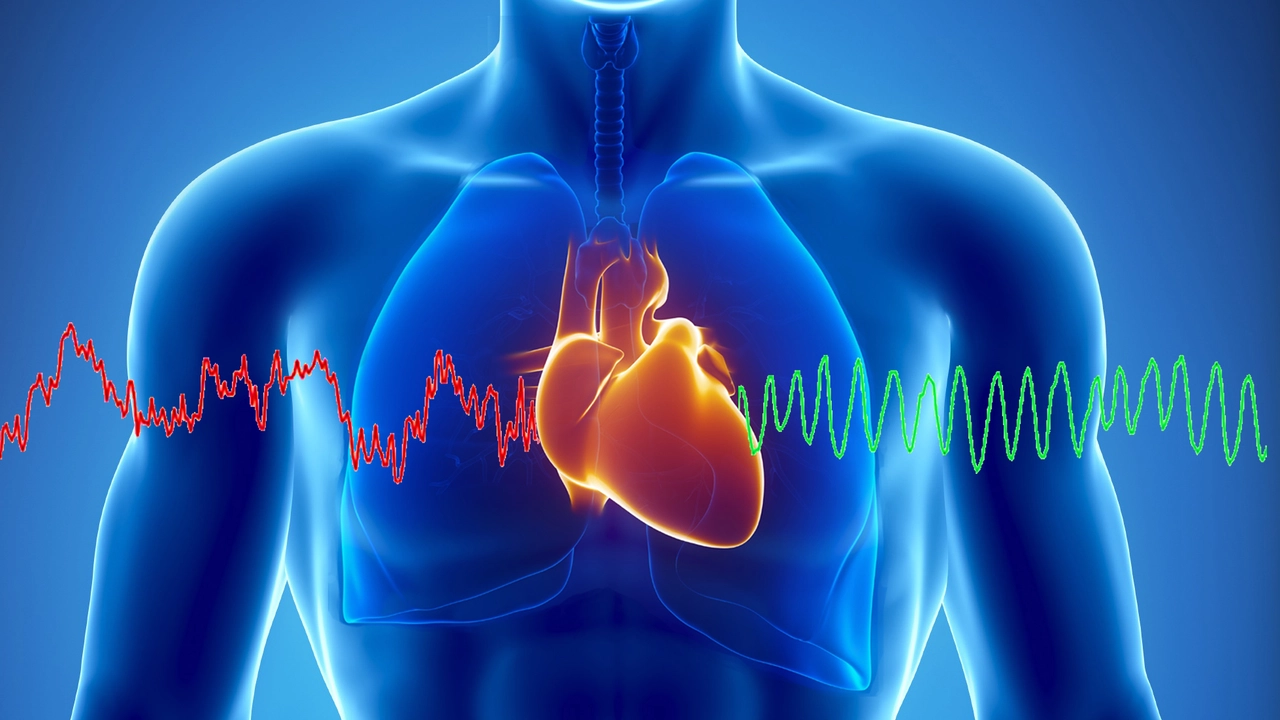Hi guys, in today's post we're addressing a topic that has been on my mind for a while - can a strike to the chest actually stop the heart? We'll dig into the science behind the heart's functionality, explore what kind of impact could possibly disrupt it, and discuss ways to ensure heart health even in physically demanding situations. Remember, understanding our bodies is a key step towards keeping them safe. Stick around for an enlightening discussion!
Physical Dangers in Sports – What to Watch Out For
If you love playing or watching sports, you’ve probably seen the thrills and the spills. But the excitement can hide real hazards that affect anyone from a weekend jogger to a pro quarterback. Understanding these risks helps you stay safe and enjoy the game longer.
Common Physical Risks and How to Reduce Them
Most sports bring at least one of three danger types: impact injuries, overuse strain, and medical conditions aggravated by activity. Impact injuries happen when you get hit or fall – think concussions in football, broken bones in skiing, or the stabbing incident on Charlotte’s Lynx Blue Line that raised questions about transit safety for commuters and fans alike. Wearing proper protective gear, staying aware of your surroundings, and following venue safety rules are the simplest ways to lower that risk.
Overuse strain builds up when you repeat the same motion day after day. Runners often battle shin splints, cyclists face knee pain, and even yoga enthusiasts can develop tendonitis. Mixing up workouts, giving muscles time to recover, and using good technique keep the strain from turning into a chronic problem.
Medical conditions add another layer. A reader asked if someone with a heart stent can play contact sports – the short answer is no, because the extra force can damage the stent. Talk to a doctor, pick low‑impact activities, and stay within the recommended intensity level. This advice applies to anyone with a heart condition, asthma, or similar issues.
Real‑World Stories That Highlight the Dangers
Our tag page features stories that bring these risks to life. The Charlotte train stabbing article shows how public spaces can become unsafe, prompting transit agencies to review security measures. Meanwhile, the post about playing sports with a heart stent underscores the importance of medical clearance before joining high‑contact games.
Another entry, “What sports can I play alone?” reminds us that solo activities aren’t risk‑free. Even jogging alone can expose you to traffic hazards or sudden cramps. Planning routes, wearing bright clothing, and carrying a phone make solo sessions much safer.
For high‑school athletes unsure about trying a new sport, the piece on “Should I play a sport in high school even if I might not like it?” highlights the mental side of physical danger – pressure and burnout can lead to injuries if you’re not fully engaged. Trying a sport for a short period, listening to your body, and talking to coaches can prevent unnecessary strain.
All these examples point to a common theme: awareness and preparation are your best defenses. Whether you’re a fan in the stands, a commuter on a train, or an athlete on the field, a little extra caution goes a long way.
Bottom line: recognize the specific hazards of your sport, use proper equipment, follow medical advice, and stay informed about safety updates. By doing so, you keep the fun in sports and lower the chance of a nasty accident.


